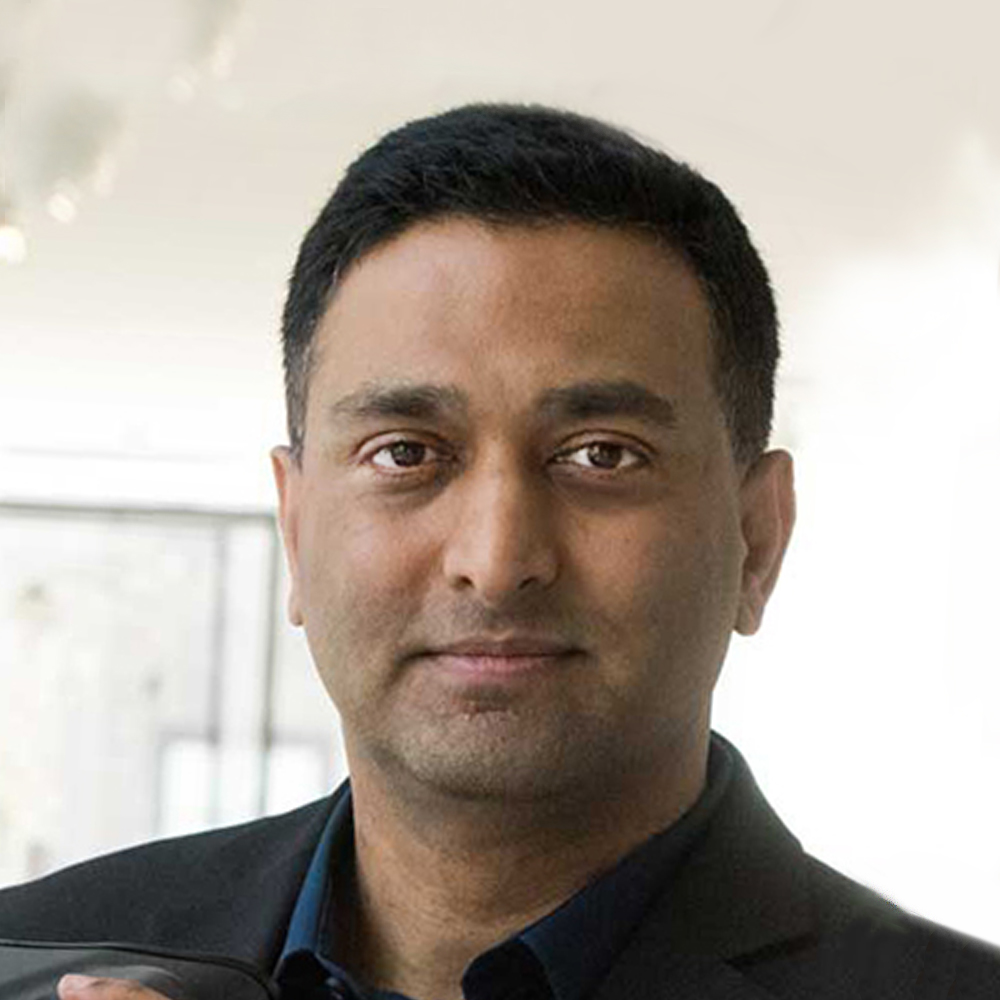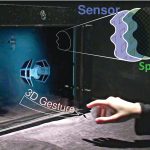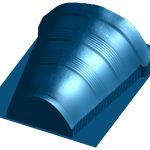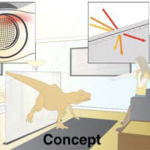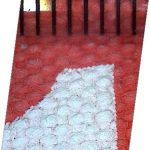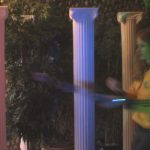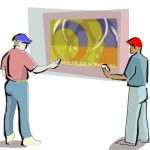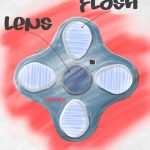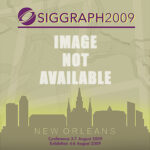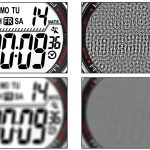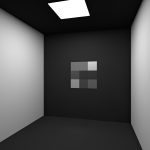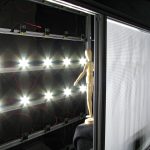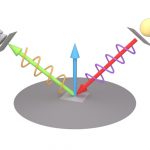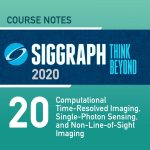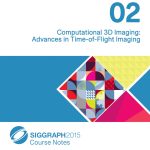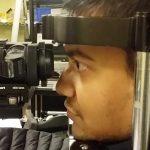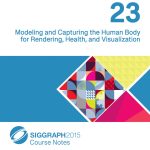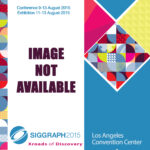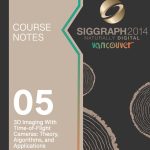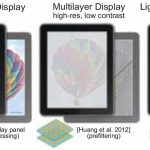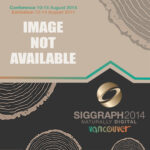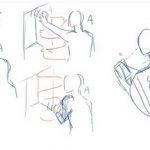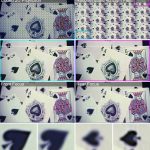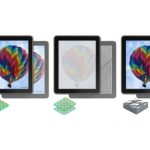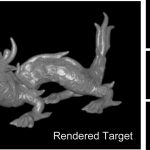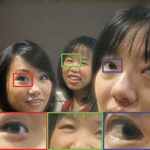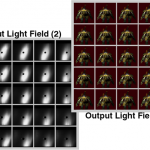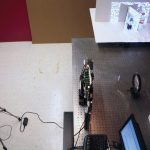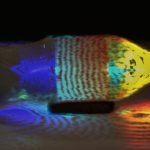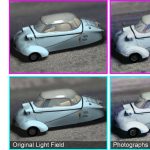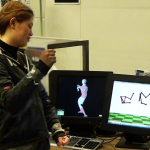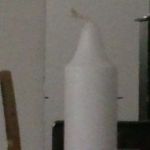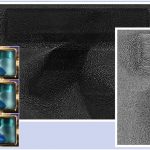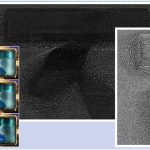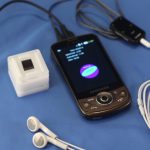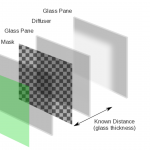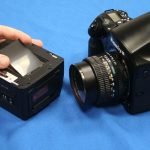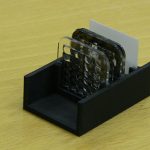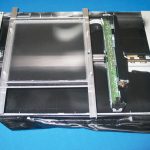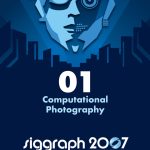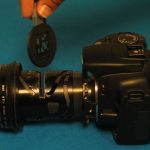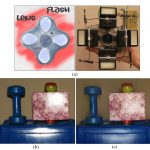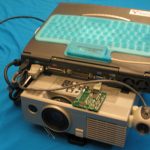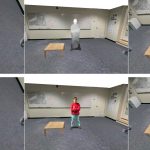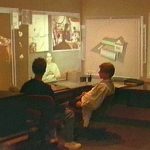Ramesh Raskar
Most Recent Affiliation(s):
- Massachusetts Institute of Technology (MIT), MIT Media Lab, Camera Culture Research Group, Associate Professor
Other / Past Affiliation(s):
- Mitsubishi Electric Research Laboratories (MERL)
- University of North Carolina at Chapel Hill
Location:
- Boston, Massachusetts, United States of America
Bio:
SIGGRAPH 2020
Ramesh Raskar is an Associate Professor at MIT Media Lab and directs the Camera Culture research group. His focus is on AI and imaging for health and sustainability, spanning research in physical (e.g., sensors, health-tech), digital (e.g., automated and privacy-aware machine learning), and global (e.g., geomaps, autonomous mobility) domains. He received the Lemelson Award (2016), ACM SIGGRAPH Achievement Award (2017), DARPA Young Faculty Award (2009), Alfred P. Sloan Research Fellowship (2009), TR100 Award from MIT Technology Review (2004), and Global Indus Technovator Award (2003). He has worked on special research projects at Google [X] and Facebook, and co-founded/advised several companies.
SIGGRAPH 2016
Ramesh Raskar joined the Media Lab from Mitsubishi Electric Research Laboratories in 2008 as head of the Lab’s Camera Culture research group. His research interests span the fields of computational photography, inverse problems in imaging, and human-computer interaction. Recent projects and inventions include transient imaging to look around a corner, a next generation CAT-Scan machine, imperceptible markers for motion capture (Prakash), long distance barcodes (Bokode), touch+hover 3D interaction displays (BiDi screen), low-cost eye care devices (Netra, Catra), new theoretical models to augment light fields (ALF) to represent wave phenomena and algebraic rank constraints for 3D displays(HR3D). In 2004, Raskar received the TR100 Award from Technology Review, which recognizes top young innovators under the age of 35, and in 2003, the Global Indus Technovator Award, instituted at MIT to recognize the top 20 Indian technology innovators worldwide. In 2009, he was awarded a Sloan Research Fellowship. In 2010, he received the DARPA Young Faculty Award. Other awards include Marr Prize honorable mention 2009, LAUNCH Health Innovation Award, presented by NASA, USAID, US State Dept, and NIKE, 2010, Vodafone Wireless Innovation Project Award (first place), 2011. He holds over 40 US patents and has received four Mitsubishi Electric Invention Awards. He is currently coauthoring a book on Computational Photography.
SIGGRAPH 2015
Ramesh Raskar joined the Media Lab from Mitsubishi Electric Research Laboratories in 2008 as head of the Lab’s Camera Culture research group. His research interests span the fields of computational photography, inverse problems in imaging, and human-computer interaction. Recent projects and inventions include transient imaging to look around a corner, a next generation CAT-Scan machine, imperceptible markers for motion capture (Prakash), long distance barcodes (Bokode), touch+hover 3D interaction displays (BiDi screen), low-cost eye care devices (Netra, Catra), new theoretical models to augment light fields (ALF) to represent wave phenomena and algebraic rank constraints for 3D displays (HR3D). In 2004, Raskar received the TR100 Award from Technology Review, which recognizes top young innovators under the age of 35, and in 2003, the Global Indus Technovator Award, instituted at MIT to recognize the top 20 Indian technology innovators worldwide. In 2009, he was awarded a Sloan Research Fellowship. In 2010, he received the DARPA Young Faculty Award. Other awards include Marr Prize honorable mention 2009, LAUNCH Health Innovation Award, presented by NASA, USAID, US State Dept, and NIKE, 2010, Vodafone Wireless Innovation Project Award (first place), 2011. He holds over 40 US patents and has received four Mitsubishi Electric Invention Awards. He is currently co-authoring a book on Computational Photography.
SIGGRAPH 2014
Ramesh Raskar joined the Massachusetts Institute of Technology from Mitsubishi Electric Research Laboratories in 2008 as head of the Media Lab’s Camera Culture research group. His research interests span the fields of computational photography, inverse problems in imaging, and human computer interaction. He is a recipient of TR100 award from Technology Review, 2004, Global Indus Technovator Award, top 20 Indian technology innovators worldwide, 2003, the Alfred P. Sloan Research Fellowship award, 2009 and DARPA Young Faculty award, 2010. He holds over 40 US patents and has received four Mitsubishi Electric Invention Awards. He is currently co-authoring a book on Computational Photography.
SIGGRAPH 2012
Ramesh Raskar joined the Media Lab from Mitsubishi Electric Research Laboratories in 2008 as head of the Lab’s Camera Culture research group. His research interests span the fields of computational light transport, computational photography, inverse problems in imaging, and human-computer interaction. Recent projects and inventions include transient imaging to look around a corner, a next generation CAT-Scan machine, imperceptible markers for motion capture (Prakash), long distance barcodes (Bokode), touch+hover 3D interaction displays (BiDi screen), low-cost eye care devices (Netra, Catra), new theoretical models to augment light fields (ALF) to represent wave phenomena and algebraic rank constraints for 3D displays (HR3D). He is a recipient of TR100 award from Technology Review, 2004, Global Indus Technovator Award, top 20 Indian technology innovators worldwide, 2003, Alfred P. Sloan Research Fellowship award, 2009 and DARPA Young Faculty Award, 2010. Other awards include Marr Prize honorable mention 2009, LAUNCH Health Innovation Award, presented by NASA, USAID, US State Dept, and NIKE, 2010, Vodafone Wireless Innovation Award (first place), 2011. He holds over 40 US patents and has received four Mitsubishi Electric Invention Awards. He is currently co-authoring a book on Computational Photography.
SIGGRAPH 2008
Ramesh Raskar joined the Media Lab in spring 2008 as head of the Camera Culture research group. He was a Senior Research Scientist at MERL. The group focuses on developing tools to help us capture and share the visual experience. This research involves developing novel cameras with unusual optical elements, programmable illumination, digital wavelength control, and femtosecond analysis of light transport, as well as tools to decompose pixels into perceptually meaningful components. He is a member of the ACM and IEEE.
SIGGRAPH 2005
Ramesh Raskar is a Senior Research Scientist at MERL Cambridge Research. His research interests include projector-based graphics, projective geometry, and non-photorealistic rendering. During his doctoral research at the University of North Carolina at Chapel Hill, he developed a framework for projector-based 3D graphics, which can simplify the constraints on conventional immersive displays and enable new projector-assisted applications. He has published several articles on immersive projector-based displays, spatially augmented reality, and has introduced Shader Lamps, a new approach for projector-based augmentation. His technical papers have appeared in SIGGRAPH, EuroGraphics, IEEE VR, IEEE Visualization, CVPR, and many other graphics and vision conferences. He was a course organizer and speaker for SIGGRAPH 2002, 2003, and 2004. He is a coorganizer of the Projector-Camera (PROCAMS) workshop at CVPR’05 and co-author of an upcoming book on augmented reality. He is a member of the ACM and IEEE.
Learning Category: Jury Member:
Award(s) and Recognition:
- SIGGRAPH 2017 Computer Graphics Achievement Award: Raskar
- ACM SIGGRAPH Academy Member, inducted in 2018
Experience(s):
Competitions Participated:
Learning Category:
Course Organizer:
- SIGGRAPH 2007, "Computational Photography"
- SIGGRAPH 2020, "Seeing Around Corners Using Time of Flight"
Presentation(s):
Role(s):
- ACM SIGGRAPH Academy Member
- Awardee
- Birds of Feather Presenter
- Competition Participant
- Course Organizer
- Course Presenter
- Emerging Technologies Presenter
- Panel Presenter
- Poster Presenter
- Studio (SIGGRAPH Lab) Presenter
- Talk (Sketch) Presenter
- Technical Paper Presenter
- Technical Papers Jury Member
Submit a story:
Did you know you can send us a photo of yourself and a bio and we will post it? Make sure the photo is at least 1000 x 1000 and send it to the email above along with the bio and we will add it to your page.

